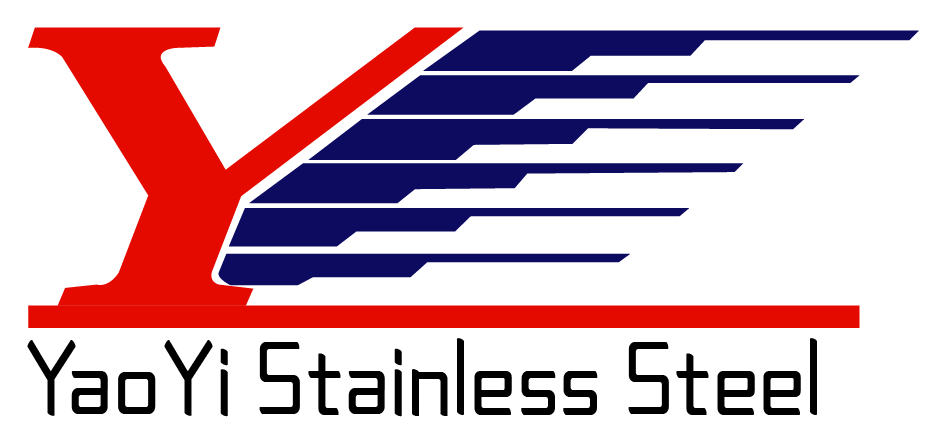Why Does Stainless Steel Rust?
Stainless steel is an extremely thin, strong, dense, and stable chromium-rich oxide film (protective film) formed on its surface. Prevent oxygen atoms from continuing to infiltrate and continue to oxidize, and gain resistance to rust. Once there is a certain reason, this kind of film is continuously destroyed, the oxygen atoms in the air or liquid will continuously separate, forming loose iron oxide, and the metal surface will be continuously rusted.
Read my article on The reason why we can produce the perfect 301 Stainless Steel Strips?
AISI 304; AISI 301; AISI 316;AISI 316L…
- Thickness: 0.02mm – 0.2mm
- Width: 25mm – 1600mm
The rust phenomenon of stainless steel materials may have the following reasons:
Chloride ions in the use environment
Chloride ions are widespread, such as salt/sweat traces/seawater/sea breeze/soil, and so on. Stainless steel corrodes quickly in the presence of chloride ions, even exceeding that of ordinary low-carbon steel. Therefore, there are requirements for the use environment of stainless steel, and it needs to be wiped frequently to remove dust and keep it clean and dry. (In this way, you can give him an “improper use”.)
There is an example in the United States: a company used an oak container to hold a solution containing chloride ions. The container has been used for nearly a hundred years, and it was planned to be replaced in the 1990s. Because the oak material is not modern enough, the container leaked due to corrosion 16 days after the replacement of stainless steel.
Read on: A Complete Guide to 201 Stainless Steel
No Solution Treatment
The alloy elements are not dissolved into the matrix, resulting in low alloy content of the matrix structure and poor corrosion resistance.
Read on: A Complete Guide to 201 Stainless Steel
Inherent Intergranular Corrosion
This material without titanium and niobium tends to intergranular corrosion. Adding titanium and niobium, together with stabilization treatment, can reduce intergranular corrosion. High-alloy steel can resist corrosion in the air or chemically corrosive media. Stainless steel has a beautiful surface and good corrosion resistance. It does not need to undergo surface treatment such as plating and exerts the inherent surface properties of stainless steel. It is used in many applications. A kind of steel usually called stainless steel. High-alloy steels such as 13 chrome steel and 18-8 chrome-nickel steel represent performance.
From a metallographic point of view, because stainless steel contains chromium, a very thin chromium film is formed on the surface. This film isolates the intrusion of oxygen from the steel and acts as corrosion resistance. To maintain the inherent corrosion resistance of stainless steel, steel must contain more than 12% chromium. Used in occasions where welding is required. The lower carbon content minimizes the precipitation of carbides in the heat-affected zone near the weld, and the precipitation of carbides may cause stainless steel to produce intergranular corrosion (welding erosion) in certain environments.
Always Provides You with the BEST Austenitic Stainless Steel Products
Reference
http://en.wikipedia.org/wiki/Stainless_steel
https://askinglot.com/why-is-my-brand-new-stainless-steel-sink-rusting
https://yutube-30sh13.blogspot.com/2021/06/how-to-remove-rust-stain-from-stainless.html
